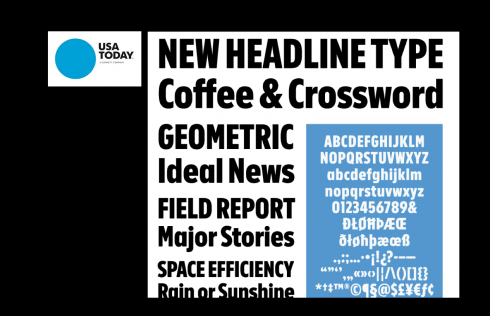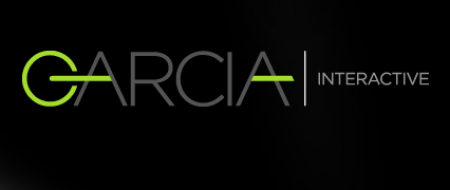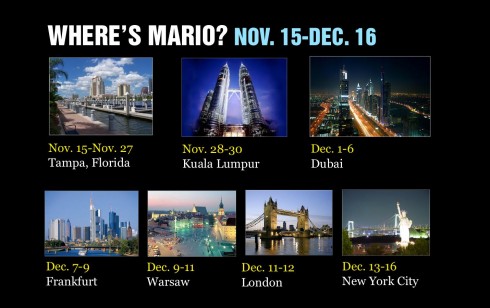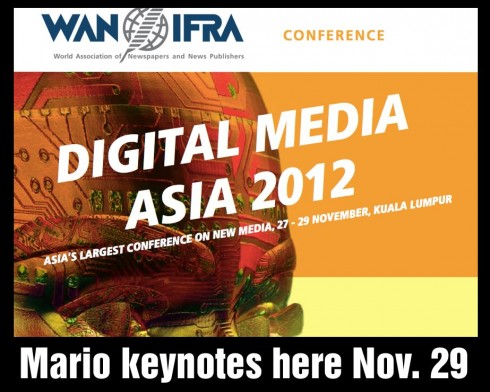This is the weekend edition of TheMarioBlog and will be updated as needed. The next blog post is scheduled Nov. 19

Purchase the book on the iBookstore
Update #2, Tampa, Florida, Friday, Nov. 16, 16:11
The EPUB version of book is HERE:
Now available: The EPUB version of iPad Design Lab: Storytelling in the Age of the Tablet, ready for download via Amazon.com for Kindle:
http://tinyurl.com/8u99txw.
TAKEAWAY: A new textbook in the UK presents “essential” skills for the modern journalist. We take a quick look, then reminisce about similar textbooks for journalists before the multi platform era.

I have just received and spent some time with a hard copy of a new book with a provocative title: 21st Century Journalism Handbook: Essential Skills for the Modern Journalist by Tim Holmes, Sara Hadwin and Glyn Mottershead.
I confess I have not read the book in its entirety yet, but was seduced to check the table of contents, and get into some of the valuable and helpful chapter ending notes, titled Thinking it Through. As a former academic who would review journalism textbooks on a regular basis, always looking for the good ones for possible adoption in the courses I taught, I was intrigued to see what introductory journalism textbooks contained today.
It is no surprise that the authors of this new book center themselves squarely in the 21st Century when they remind us on page 19 of a 310 page book that:
….simplicity works better in some contexts than others, and, when considering in relation to the decline of print newspapers, we might be looking in the wrong direction. Rather than the form or the medium (i.e. print), it is the form of the content that we should be under question.
Good to know that the novice journalism student gets this message early in the game: it is about content, about storytelling, not the platform.
In fact, this has been recently validated by Sara Gainim, the 24-year old Pulitzer Prize winner from the Patriot-News for her coverage of the Jerry Sandusky scandal at Penn State University. Sara has accepted a position at CNN. Her advice is worth noting:
I’ve been telling students when I go to universities not to think of yourself as print or broadcast,” she said. “We are in the same boat. We all have to do videos, broadcast journalists have to do stories for websites. There’s a lot of writing in broadcast. That skill is not going away just because it’s a broadcast job. That’s indicative of where we are. No one has print deadlines anymore. Deadline is right now because of the web.
If I have some disappointment in what I have seen of this otherwise informative and up to date book so far, it is that is not as visual as we would expect a modern university textbook to be, especially one about the media. In addition, it would be good to have more practical chapters devoted to how our profession is practiced in a multi platform world.
Some highlights of interest:
Trust—
Newspaper journalists—in fact, journalists generally—have lost a significant amount of trust from many people.
Investigative Reporting—
…holding investigative reporting up as some Holy Grail—as something we used to be good at but can no longer afford—risks making many journalists defeatist. It suggests that only investigative journalists can manage a thorough job, that ordinary journalist cannot be expected to question and look beyond the obvious…
Obituaries—
The 21st Century challenger could be seen as the online bereavement sites or tribute pages of social networking sites such as Facebook, but the formal obituary remains a fascinating format in its own right.
The cult of personality—
Byline columns are seen by some as the salvation of print media and many journalists are being encouraged to blog in an opinionated, chatty style…….That can mean taking sides and being partisan in a way that challenges the notion of a journalist as a neutral investigator.
Convergence
The authors describe convergence as “the coming together of different media platforms…or the skills of a journalist working across these platforms.”
Citizen journalism
A handbook for 21st Century journalists had to include those citizens who are armed with the tools to report the news as they witness it.
One of the seemingly immutable situations created by modern technology is how cost effective hardware and software become over time…..That means that the power to publish and share is no longer the preserve of the professional journalist….So..if the power to publish is no longer held by the media alone—how do we work with the field as it is now?
Accuracy in the era of instant news updates—
The power to constantly publish, amend or update has led to some interesting discussions aout accuracy in journalism online…In the past, a magazine or newspaper would have to wait until the next available edition to correct an error….Online we can amend something straight away—but this brings its own interesting questions. If we make a mistake do we delete the changes and repost the page, take it down and post a new story or just strikethrough the incorrect text and make it very obvious what has happened?
Ethics, freedom of expression—
The book asks the question: when should freedom of expression be curbed?
Few people seem prepared to believe that decent journalists can be driven not primarily by money nor even y individual rights. Journalists believe in the value of information to citizens within a democratic society so that the powers-that-be can be called to account and an enlightened public opinion emerge.
Working as a journalist today:
I find it interesting that, while old journalism textbooks usually started with the definition of journalist and some description of what the job entails, in this new book, that is the final chapter.
What makes a great journalist?, the authors ask and answer with what I believe is great advice:
Journalists take more brick bats than bouquets.That suggests an essential requirement is an ultra thick skin. Yet perversely journalists actually require a great deal of sensitivity to empathize with others, to understand what makes people tick, and to sense when they are being misled.
….and The Multi Platform Journalist
Dyed in the wood newspaper hacks have had to adapt to create online content. Many have become bloggers, micro-bloggers and their own photographers, sound recordists and camera operators…Some editors believe computer programming skills should be more to the fore so that journalists can use and develop original offerings more flexibly and intuitively rather than relying on a separate technical team. Others want more scientists than English majors to help the audience make sense of what is going on in the world…..But how does the contribution of the literary genius compare with that of the computer nerd?
Then, the authors ask:
What exactly is a journalist’s job in the 21st Century?
And with that, the book ends, leaving students, professors and the rest of us to ponder that same question as we continue to sail thru the turbulent waters of the transition our industry finds itself in.
For what is worth, and if I had to answer that question, I would say that a journalist’s job in the 21st Century is to be a master storyteller who is skilled to tell stories through a variety of genres and platforms, one who is good with the words, agile with a device that takes photos, makes videos and records audio, understands social networking and citizen journalism.
A related look back…..
After going thru the The 21st Century Journalism Handbook: Essential Skills for the Modern Journalist, I simply had to take a little tour of my own library at home to compare notes.
First stop, one of the classic, standard news writing texts of the 20th Century—-News Writing by George A. Hough 3rd, (1975) which includes an opening chapter titled News, The Newspaper and the News Writer
Some retro statements from Hough:
Newspaper readers read everything in the newspaper.
Journalism is a highly creative profession, or trade, if you wish. But it involves a considerable amount of routine and systematization.
And one wonderful kernel of wisdom that may apply to almost all stories published in a printed newspaper today—which relates to our Thursday blog post about melted clocks and cuckoo clocks:
News stories are not always as fresh as they ought to be and the writer or editor may want to disguise this fact. The trick is to avoid mentioning the time at all….
And in the “some things never change” department (and 100 times enhanced thru social networking), in a 1973 textbook, You & Media: Mass Communication and Society, by David G. Clark and William B. Blankenburg,, we find the following statement:
Most of what we know has come to us through the media. Practically everything we know what goes on outside our home town—-and much of what happens within it—has been mediated. Sometimes the flow is multi-stage: a friend may read or view information, then pass it along to us in conversation.
One other reference in this book caught our eye:
The fondness of the audience for a personality is not lost upon media executives.
Today, not only is the audience fond of personalities, but it is eager to project their own personalities into the media.
It’s the 21st Century, indeed, and the Essential Skills for the Modern Journalist might provide useful and interesting reading not just for aspiring journalists, but also for that modern media consumer with the tools at hand to become a “journalist” at the drop of a hat.
Getting the book:
The 21st Century Journalism Handbook: Essential Skills for the Modern Journalist
http://www.amazon.com/21st-Century-Journalism-Handbook-Holmes/dp/1405846321
Weekend reads

USA Today Condensed
http://www.jesseragan.com/projects/usa-today/
Highlight:
Jesse Ragan, the typeface designer who designed the headline typeface for the relaunch of USA TODAY discusses the condensed style, which he writes “complements the paper’s proprietary version of Futura.”
Esquire to make print magazine interactive through netpage app
http://blogs.wsj.com/digits/2012/11/12/esquire-to-make-print-magazine-interactive-through-netpage-app/
Scott Dadich is the new EIC of Wired
http://observer.com/2012/11/scott-dadich-is-the-new-eic-of-wired/
Apple now owns the page turn
http://bits.blogs.nytimes.com/2012/11/16/apple-now-owns-the-page-turn/?hp
You are invited: Designing for Mobile and Tablet devices

Perhaps you would like to join a webinar about designing for mobile and table devices that my son Mario Garcia Jr. and I will offer together.
The webinar will take place November 20, 2012 | 1500 UTC, 1000 EST.
For more information:
http://mobstac.com/webinar-garcia/
Take a video tour of iPad Design Lab
“iPad Design Lab” trailer on Vimeo.
Read the Society of Publication Designers’ review of The iPad Design Lab here:
http://www.spd.org/2012/10/must-read-ipad-design-lab.php

WAN IFRA Asia Conference Nov. 27-29

Still time to join the WAN IFRA Asia Conference in Kuala Lumpur, Nov. 27-28.
Online & Social Media
27 November
Smart Media Digital Business Innovations
28 November
Mobile & Tablet Publishing
29 November
For more details, please contact:
Ms. Christine Chin, Events Manager Email: christine.chin@shangri-la.com Tel: +60 (3) 2074 3556—¨Fax: +60 (3) 2078 5990